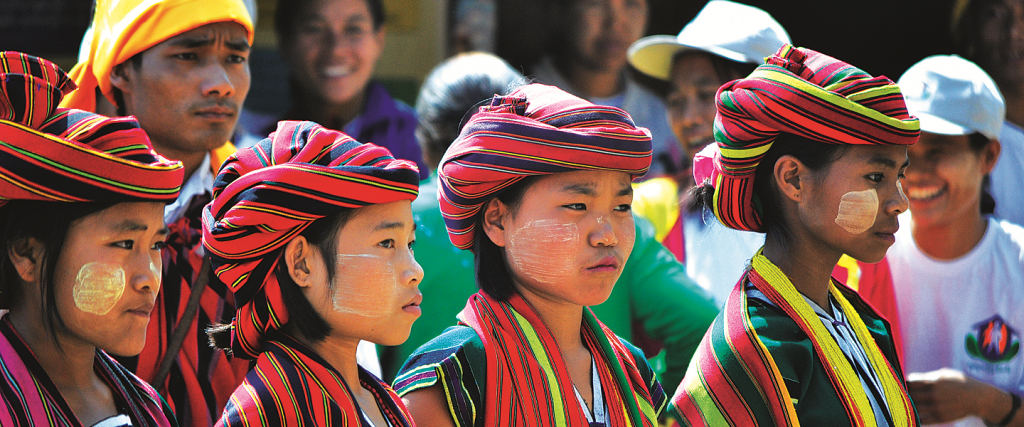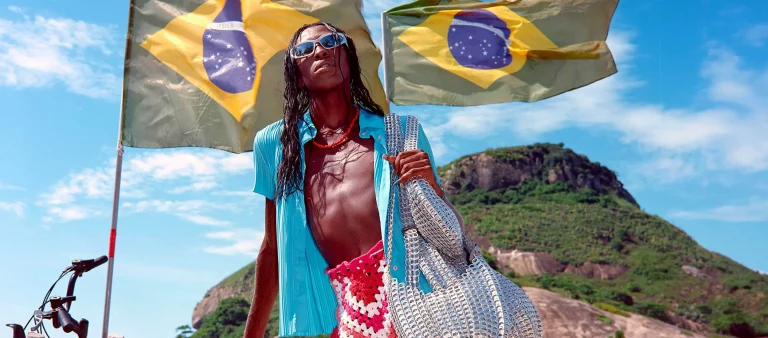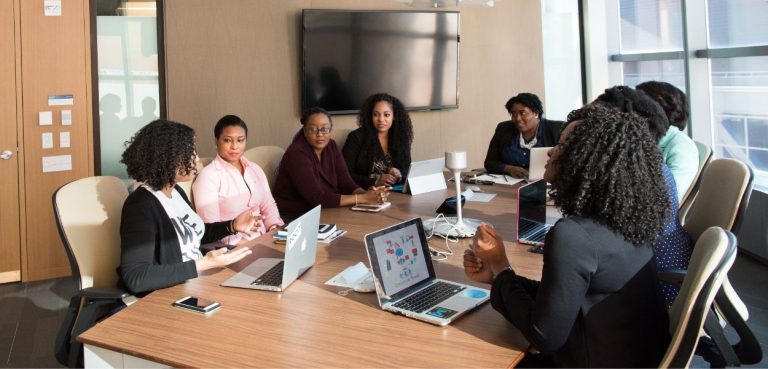On August 9th, the UN celebrates the International Day of the World’s Indigenous People. We want to take a moment and celebrate them and their amazing history and culture. But, we can’t do that without bringing up the struggles they face and discussing the importance of respecting their roots and lives.

According to the United Nations Department of Economic and Social Affairs, statistics estimate that there are more than 370 million indigenous people spread across 70 countries worldwide.
In other words, Indigenous people take up to approximately 4.82% of the world population. Despite their population size, Indigenous people’s influence on worldwide sustainability issues is enormous.
Who are Indigenous People?
In order to celebrate indigenous culture correctly, let’s educate ourselves with who identifies as indigenous people first.
According to the United Nations Department of Economic and Social Affairs, people who qualify for one of the following conditions can identify themselves as indigenous people:
- Self- identification as indigenous peoples at the individual level and accepted by the community as their member;
- Historical continuity with pre-colonial and/or pre-settler societies;
- Strong link to territories and surrounding natural resources;
- Distinct social, economic or political systems;
- Distinct language, culture and beliefs;
- Form non-dominant groups of society;
- Resolve to maintain and reproduce their ancestral environments and systems as distinctive peoples and communities.
Indigenous people are ethnic groups that are native in a region that are now colonized or settled by other ethnic groups. Not to mention, among their group, they share common ancestors in the land they live in – or came from. Furthermore, all the natural resources in the land are tightly connected to their culture and habits.
Impact on global sustainability
Compared to the smaller populations, indigenous people’s impact on global sustainability issues are impactable.
According to the National Geographic, recent research shows that while the world’s 370 million indigenous people make up less than 5% of the total human population. On the other hand, they manage or hold tenure over 25% of the world’s land surface and support about 80% of the global biodiversity.
Indigenous knowledge systems contain knowledge and activities practiced for centuries. It’s passed down from generation to generation through traditional methods.
Indigenous knowledge systems play an important role in global sustainability issues. It covers knowledge not only about environmental health and forestation health but also about hunger issues, poverty issues, and ecosystem health. This knowledge almost covered all the aspects of the United Nations mentioned in the 17 sustainable development goals report.
Indigenous people developed their skills from their living experiences on their land. Furthermore, they’re valuable resources for the world’s sustainability issues.
Sustainability Practices
Indigenous people all over the world have the practice of protecting nature in their cultures.
Here are two examples of how indigenous people from different regions practice sustainability through their beliefs.
Maori
Māori are the indigenous people in New Zealand. In Māori culture, there is the term “Kaitiaki”. It means guardianship and protection.
In addition, Māori culture believes that humans are part of the natural world and people are closely connected to the land and nature. Kaitiaki is guardian, guardian that protects the environment and nature.
According to TE ARA, in the article “Story: Kaitiakitanga – guardianship and conservation”, the traditional practice of Kaitaki include:”
- Temporary bans (rāhui) on taking food from an area
- Using the lunar calendar (maramataka) to decide when to plant and harvest
- Taking only what was needed
- Hunting and fishing only for food, not as sport
- Using bird snares at the right time – for example, not when the birds were breeding.
Don Pu Ta
As the “Influence of Indigenous Spiritual Beliefs on Natural Resource Management and Ecological Conservation in Thailand” article states, “In north-east Thailand, Kettate, Boonyong studied the spiritual beliefs and a place where god resides called Don Pu Ta, concluding that the Don Pu Ta is a sacred place for the community.
The group respected the spirit and conserved the sacred area respectfully. The Don Pu Ta area remained natural, surrounded by big trees with a thick forest and a close relationship between nature and the indigenous peoples in the region.”
Here are some rituals indigenous people follow in order to connect with Pu Ta spirits:
- No one can take control of any area in a Pu Ta forest or appropriate control or licensing of any resources.
- No possibility of engaging in hunting of any animals in the Pu Ta forest. Some consider the area an absolute sanctuary.
- Also,no one can cut trees or destroy the forest without permission from the Thao Cham or the villagers, at which point it will be permissible. Some forest rules make it a condition that whoever cuts a tree plants one or more new ones.
- It’s forbidden to act inappropriately such as by urinating or defecating in the Pu Ta forest.
- No one can engage in inappropriate sexual behavior or take intoxicants.
- And, last but not least, no one can treat the Pu Ta forest with contempt or demean it.
The Takeaways
To sum it up, by using knowledge, indigenous people gained through daily living experiences and practicing their beliefs. They have made tremendous contributions to solve global sustainability issues. We must recognize their contributions and appreciate them. Instead of exploiting natural resources from their land, we should respect their practices and help as much as we can.
Here are some resources for you to keep learning about sustainability and why should we be aware of it:






